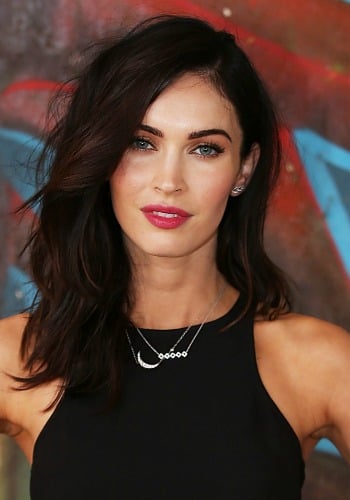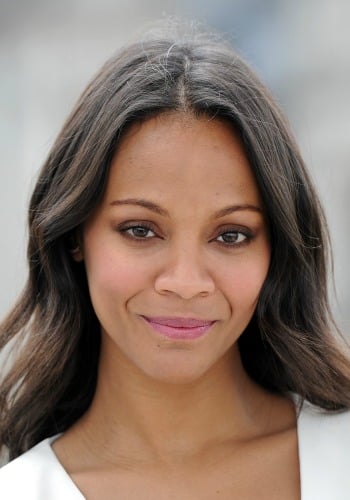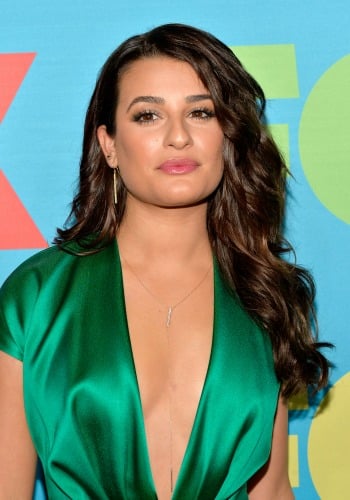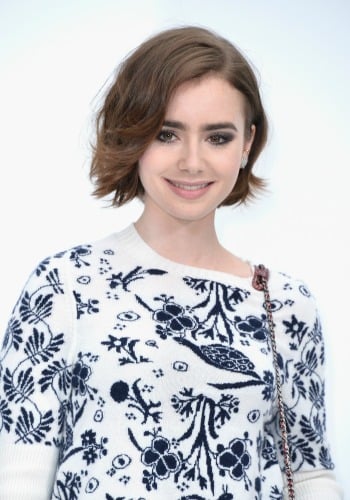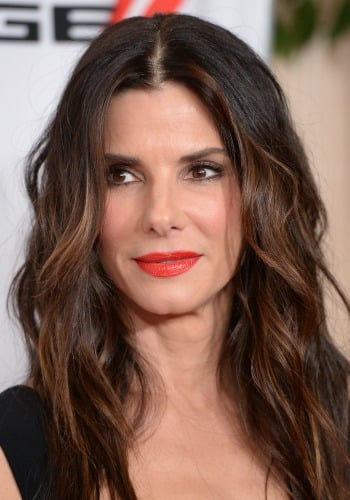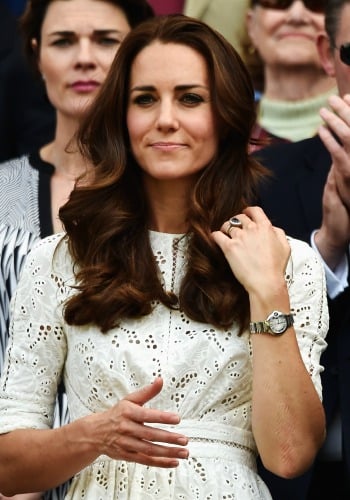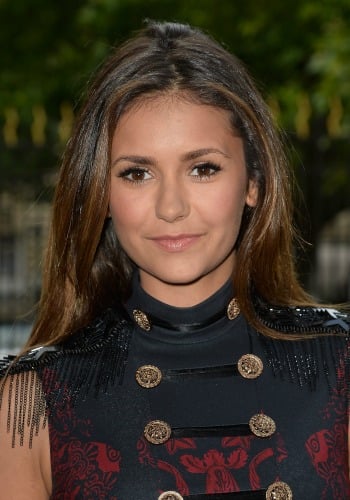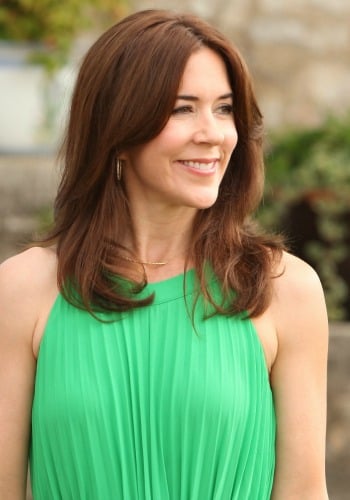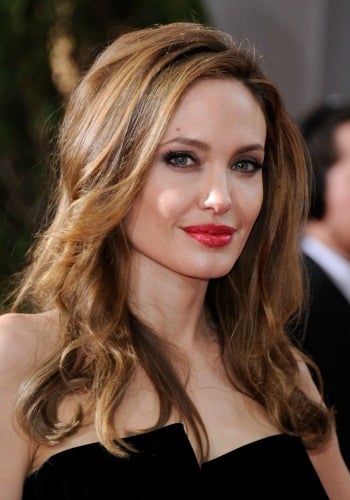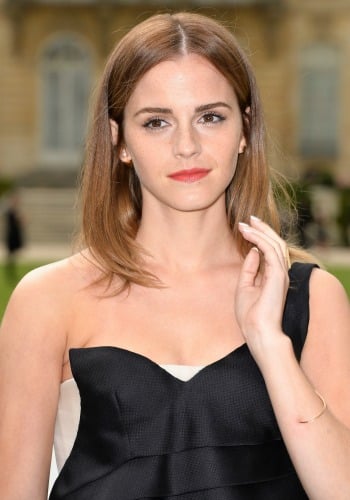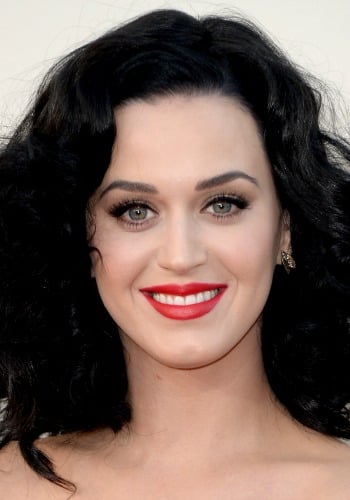
“I give you eight months. Eight months, and you’ll be back here asking for your blonde back.”
I should have listened to my colourist’s prophetic words.
But I’d been living in Europe for months, and the glossy brunettes gracing every piazza table, billboard and boardroom had swayed me. My blonde Australian look had started to feel cheap (although really, blonde is a very expensive colour). Still, it seemed unsophisticated. Even homely. I wanted to resemble a Lavazza ad, and I wanted it now.
The actual dyeing process didn’t take long; I read a magazine and by the last page I’d become a brunette. As the styling assistant blasted my hair dry, I caught my reflection in the mirror and had a subtle sinking sense that maybe that chocolate-coloured semi-perm wasn’t as sophisticated as I’d hoped. My dark eyebrows looked a bit lost with my dark hair; they had nothing to contrast with, so they no longer framed my face.
I thought going brunette would save time and money, good bye lavender shampoo and bi-monthly split-end removals! But it was immediately clear that a different type of upkeep was necessary.
I'd never noticed it before, but clothes look different when you change your hair colour. The neutral and black tones that dominated my wardrobe went from chic to sombre and frumpy against my dark-haired look.
Related links:
Our cry-free guide to cutting a fringe
Why are supermodels setting their hair on fire?
How Margot Robbie went from blonde to brown to ginger

